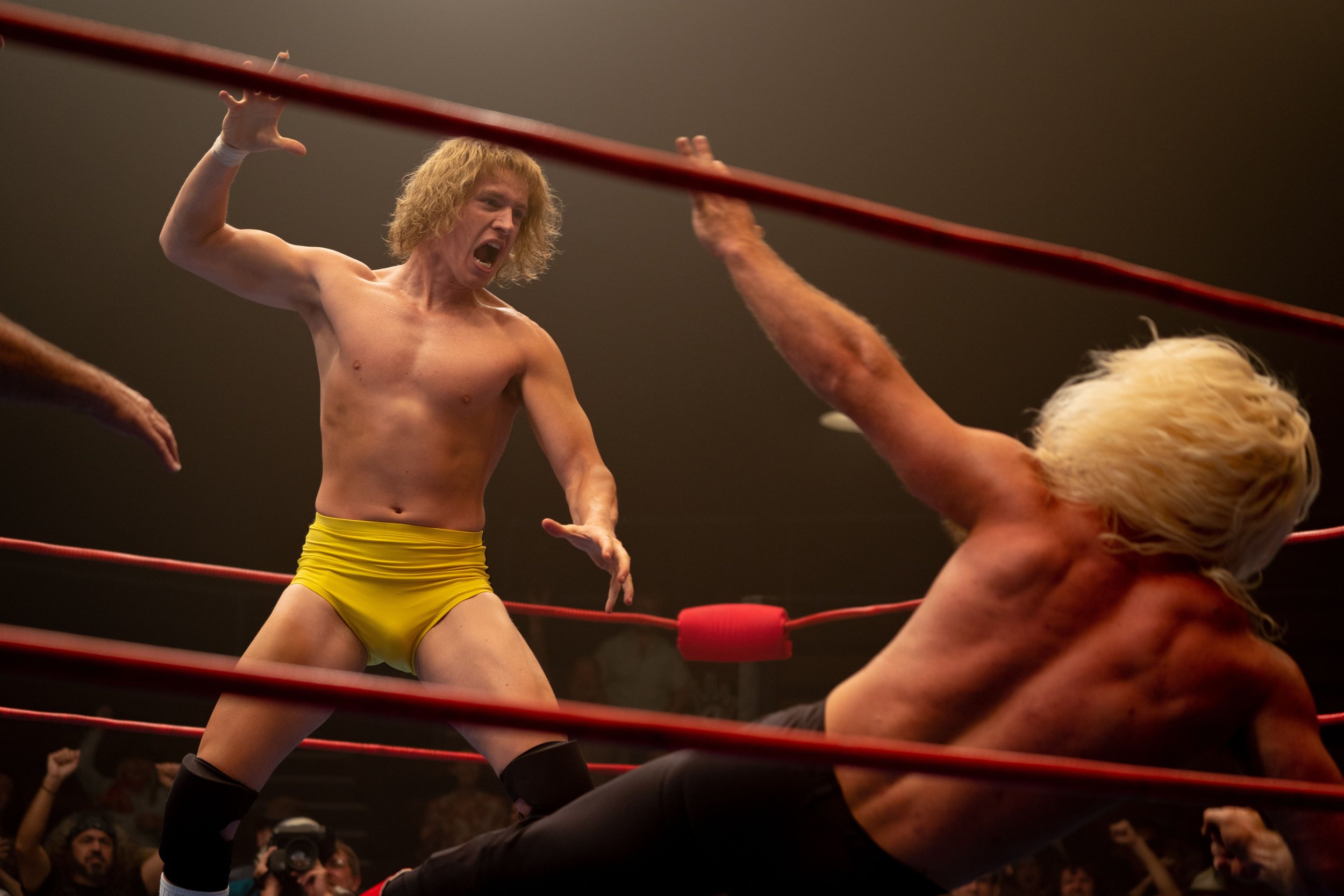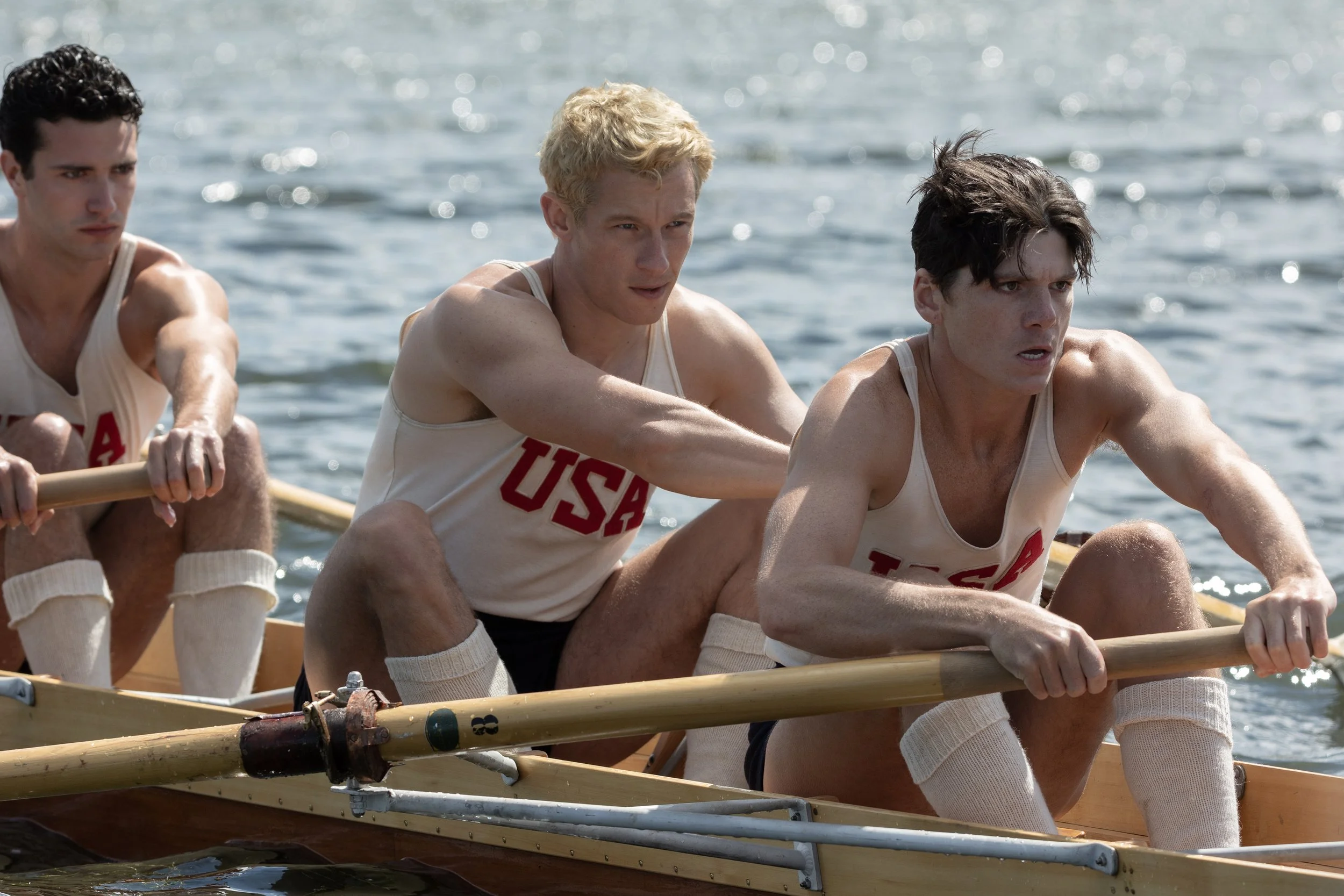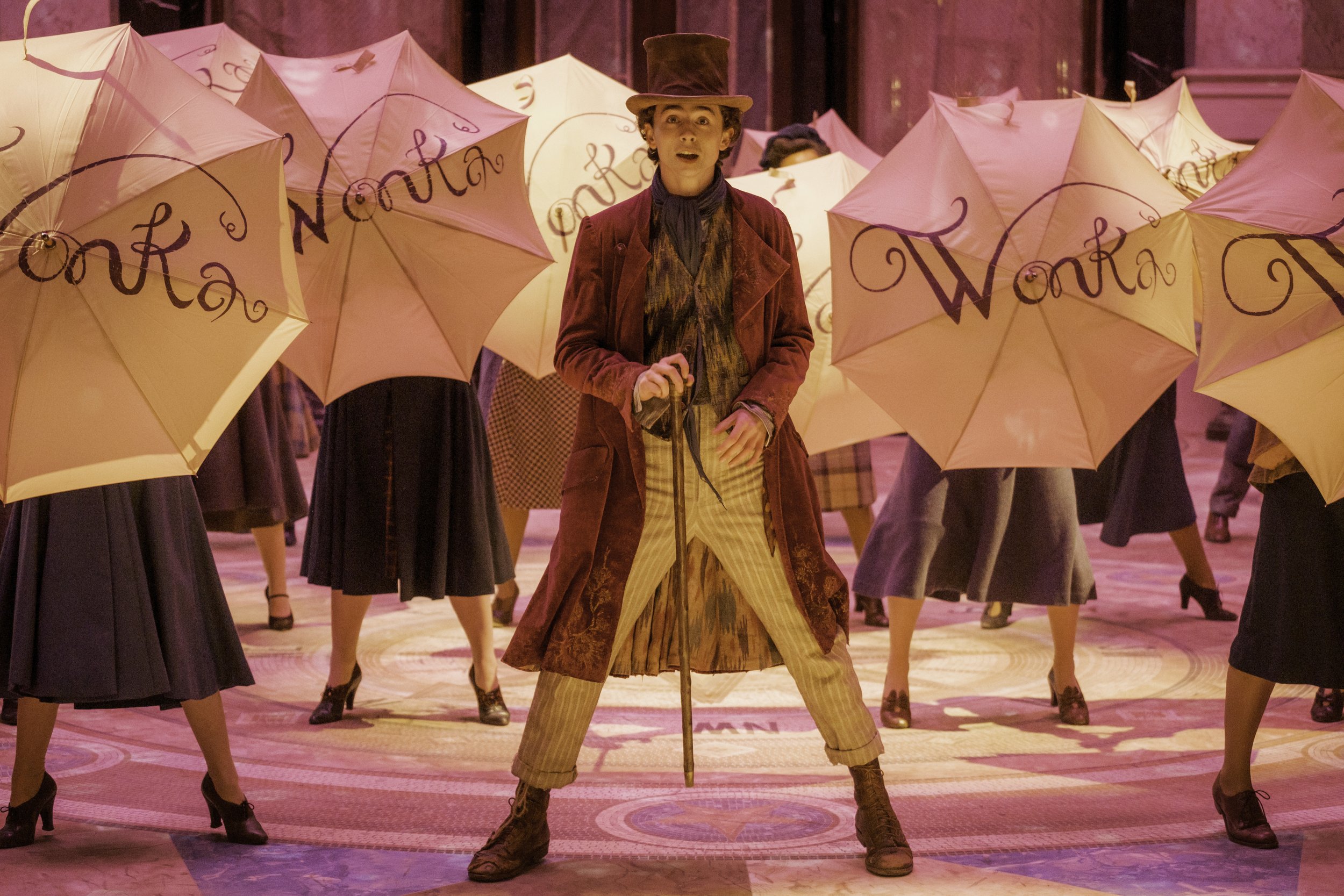Review: 'Ferrari' is a fascinating portrait of an auto legend, and how he could file away parts of his life as he pursued the winner's circle
Director Michael Mann’s “Ferrari,” on paper, should not work — not with two Californians and a Spaniard playing the three parts of an Italian romantic triangle, set against the business machinations of one of the world’s signature auto companies.
However, because Mann (“The Insider,” “Miami Vice” and others) is as driven and audacious as Enzo Ferrari himself, the result is an intense, moving portrait of a man who has compartmentalized his life to get what he most wants in life.
Adam Driver plays Enzo Ferrari, thankfully not in a cradle-to-grave biopic, but in a story — the screenplay is credited to British writer Troy Kennedy Martin (who wrote the 1969 original “The Italian Job” and died in 2009) — that focuses on one pivotal year, 1957. Ferrari’s car company, founded a decade earlier by Enzo and his wife, Laura (Penélope Cruz), is on the verge of collapse, having run up debts because Enzo spends more developing his custom sports cars than rich people spend buying them.
Enzo is working to make a deal with a big backer, the American automaker Ford Motor Co., that will keep the company afloat, and expand their business to making 400 cars a year. To make the sale, though, Ferrari needs to show what it can do in a race, specifically the Mille Miglia, an approximately 1,000-mile race through Italy’s city streets and country roads. Enzo learns, though, that a team from rival Maserati is also entering the race — and they need to win to avoid bankruptcy, too.
To finish the deal with Ford, Enzo needs Laura to sign over her control in Ferrari stock. While she’s meeting a bank manager, she learns a secret Enzo has kept from her for years: His second home, where his mistress, Lina Lardi (Shailene Woodley), lives with their 10-year-old son, Piero (Giuseppe Festinese). This is an emotional blow to Laura, whose own son, Alfredo, died at 24 from a form of muscular dystrophy.
Between visits with Lina and arguments with Laura, Enzo keeps his focus on the Mille Miglia, by assembling a team of drivers. They include the veteran Italian driver Piero Taruffi (Patrick Dempsey), the British driver Peter Collins (Jack O’Connell) and a hotshot new driver, Alfonso De Portago (Gabriel Leone). Alfonso brings with him more paparazzi than Ferrari already has — because of his love affair with American actress Linda Christian (Sarah Gadon), who had just divorced from Tyrone Power.
Mann puts his focus on Driver’s extraordinary performance. Like a race driver, which he was before Alfredo was born, Ferrari is looking around every corner, calculating the angles, looking for those narrow lanes to move ahead — and Driver’s performance shows us that mind at work, shutting out such distractions as love and grief in pursuit of the winner’s circle.
The capstone of Mann’s direction, though, is the breathtaking re-creation of the 1957 Mille Miglia. Mann captures the speed of the cars, the dangers of the road, and the likelihood of death — not only for racers, but for spectators who get too close to the action.
“Ferrari” is that rare movie where the visual spectacle matches the emotional stakes underneath. It shows a man balancing tragedy and triumph in the same moment, and it shows the costs he pays for being able to think about one and shut out the other.
——
‘Ferrari’
★★★1/2
Opens Monday, December 25, Christmas Day. Rated R for some violent content/graphic images, sexual content and language. Running time: 130 minutes.







